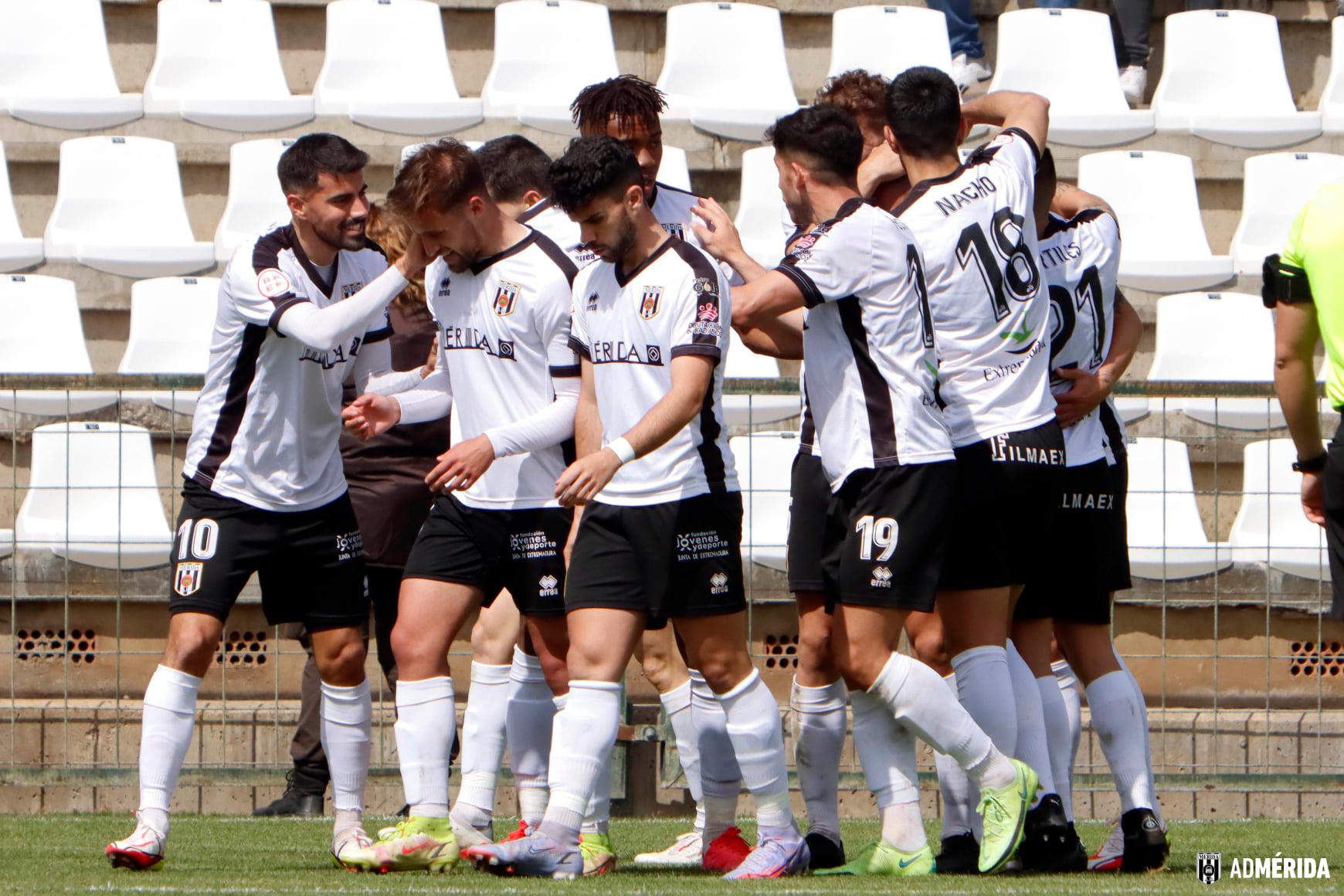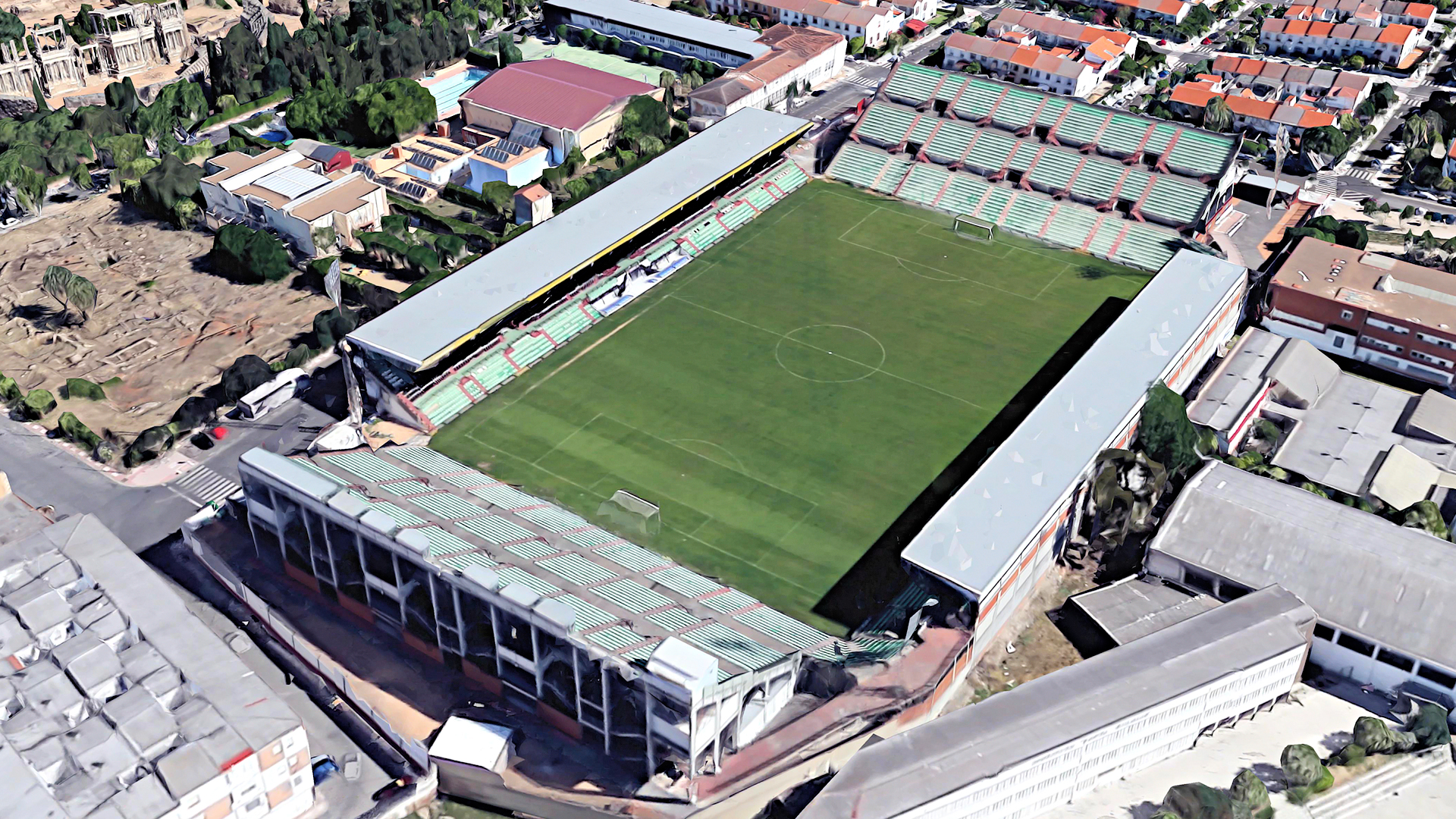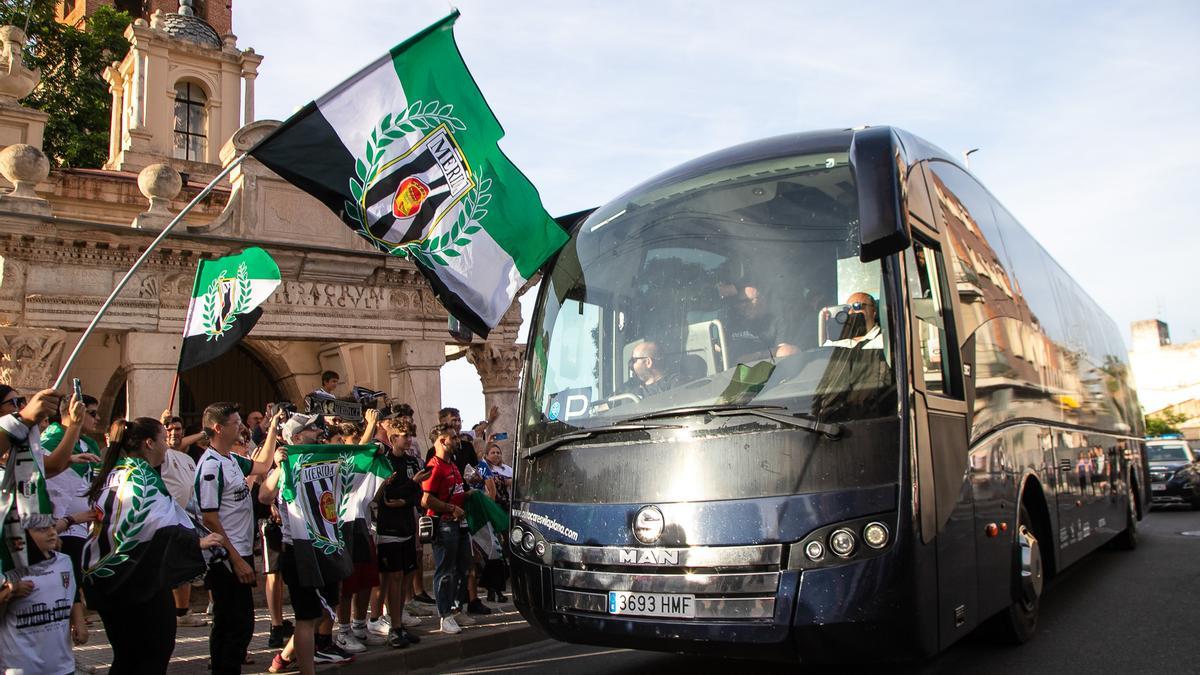The most Roman football club in Spain

Just like many other Extremaduran cases, the city of Mérida does not know a stable footballing history. The highlight of football in Mérida has to be CP Mérida’s promotion to the Primera División in the 1990s, but that team would be folded some years later. The current Mérida was only founded in 2013 but kept the identity of its predecessors very much alive. Welcome to…Mérida.

A Roman city
The capital of Extremadura is Mérida, located in the region’s heart. The city was founded by the Roman emperor Augustus under the name Emerita Augusta, the first word meaning ‘retired’. As a matter of fact, the city was constructed as a big retirement home for soldiers who had survived the Cantabrian Wars. The city was the capital of Lusitania and had many inhabitants, which explains why we can still find Roman aqueducts, temples, villas, dams, and fora in Mérida, as well as a bridge, which is the longest Roman bridge that still exists.

Apart from monuments, the Roman culture is being kept alive by, for example, the Roman Museum and Emérita Lúdica, an annual event of historical reenactment. However, Mérida is more than its Roman heritage. The locals can proudly say to live in the capital of Extremadura, even though cities like Badajoz and Cáceres have more inhabitants. Moreover, Mérida was the first Extremaduran city to have a club in the top flight of Spanish football.

CP Mérida
Mérida, in contrast to other big Spanish cities, does not have sea and is tucked away in the Spanish inland, meaning that football would also be introduced later. The first football club from Mérida was founded in 1912: Sportiva Emeritense, later renamed CP Mérida. Little did the emeritenses know; CP Mérida would reach very high heights.

For many decades, Mérida played in the Tercera División or in lower divisions. Mérida was not the only Extremaduran club without much success. It was clear that the relatively poor economic position of the region was reflected in football, even though the romanos were doing everything they could to change this dynamic. They succeeded: in 1980, they played their first season in the Segunda División B, and a decade later, they even reached the Segunda División.

After some good seasons in the second tier, Mérida managed something unprecedented in Extremadura: achieving promotion to the Primera División in 1995. Actually, Extremadura had been the last region without representation in the Spanish top division and could thank its capital’s club for changing that.

Unfortunately, Mérida could not compete with the biggest teams in the country. Even though the pecholatas would bounce back one year later, they got relegated again and never returned to the Primera División. The second relegation appeared to be the beginning of an even worse scenario, as Mérida would be dissolved in 2000, just five years after the heroic debut in the top tier.

Mérida UD
Ten years before going down, CP Mérida had created a reserve team, which would turn out to be an apt successor: Mérida UD. The phoenix club retrieved CP Mérida’s logo, kit, stadium, and, most importantly, its fanbase. However, the club would not rise to professional football like its predecessor did. After some years in the Segunda División B, the worst nightmare repeated itself: Mérida UD had to dissolve.

AD Mérida
Mérida UD’s dissolution happened in 2013, and in the same year, a third club was founded: AD Mérida. The reborn Mérida maintained the club identity and, just like Mérida UD, did not take long to return the name of Mérida to the Segunda B. Ever since, Mérida has played almost every season in the third tier, which is now called Primera Federación. However, the pecholatas have not yet qualified for the playoffs for promotion to the Segunda División.

Mérida compared to other Extremaduran clubs
Extremadura is an interesting region, but when it comes to football, it tends to achieve less than other autonomous communities. For decades, the biggest Extremaduran teams were Badajoz and Cacereño, which only changed in the 1990s. As Mérida and Extremadura climbed to the second tier, the dynamics of regional football would change forever, which was confirmed after both teams even reached the Primera División – something Badajoz and Cacereño still have not done so far.

The most important rivalry for Mérida is with Badajoz because both teams have played many derbies against each other recently. Moreover, Mérida is the regional capital, while Badajoz is the head city of the Badajoz Province within Extremadura. Even though Extremadura is another team from the region with notable results in the last decade, Mérida – Badajoz is considered the most intense, the most spectacular, and, simply, the biggest match of Extremaduran football.

The future
Mérida’s future has been quite positive in the last few years. The capital’s team achieved promotion to the Primera Federación in 2022 and finished the 2022-23 season in eighth place, higher than any other Extremaduran team. The emeritenses have made some exciting transfers in a new season in which the derby versus Badajoz will be present. All in all: Mérida has made an excellent development since its rebirth ten years ago. This was…Mérida.

Sources
- Borchers, L. (2021). GOLAZO. Self-published.
- Borchers, L. (2022). CARA O CRUZ. Self-published.
- http://lafutbolteca.com/club-polideportivo-merida-s-a-d/
- https://www.admerida.es/historia/
- https://meridaycomarca.com/alianzas-y-rivalidades-en-el-futbol-extremeno/
Leave a comment